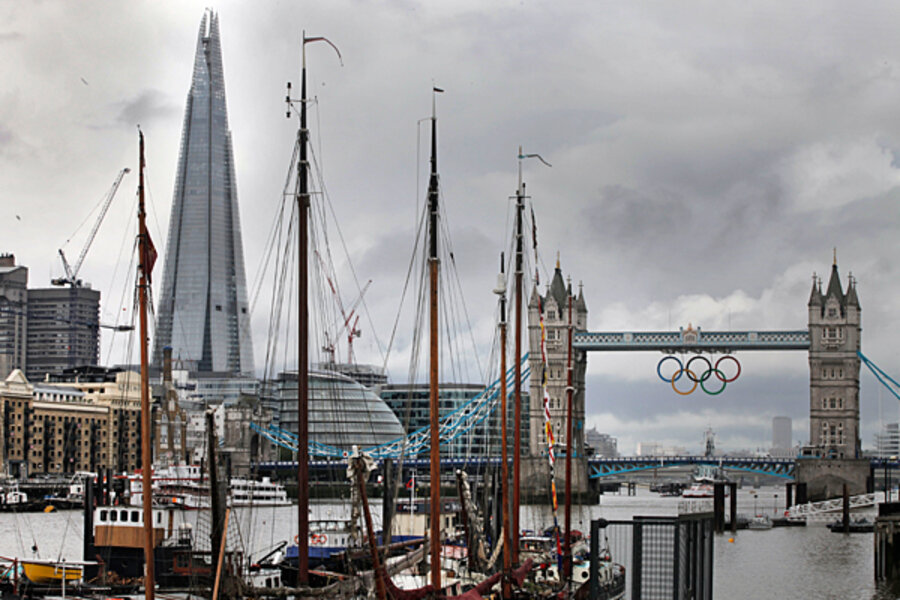London's Shard: architectural marvel or enormous salt shaker?
Loading...
| London
It's London’s tallest and arguably most controversial tower in a generation which tonight will be unveiled amid a spectacular laser light show.
Standing 310 meters (1,017 feet) tall on the south bank of the River Thames, the Shard has become something of a "love it or loathe it" development, dominating the capital’s skyline opposite the City of London and tourist favorites Tower Bridge and the Tower of London.
The Shard was conceived on the back of a napkin by architect Renzo Piano in Berlin 12 years ago. Since then, developer Irvine Sellar has overcome multiple objections and the credit crunch to build the Shard, which contains a mixture of office space, restaurants, apartments, and a hotel. When he first unveiled his plans, the planning establishment closed ranks with English Heritage and the Royal Parks Foundation objecting, and Prince Charles calling the glass pyramid tower an enormous salt shaker.
In 2002, the then Deputy Prime Minister John Prescott ordered a planning inquiry, but 12 months and £10 million ($15 million) later, it was given approval.
Building finally got under way in 2009, but not before Mr. Sellar turned to the Qatari royal family for the bulk of the £1.5 billion ($2.5 billion) funding as Western bank funding seized in the wake of the credit crunch. The Qatari involvement with its shariah-compliant investment package means that any company connected to gambling or alcohol industries are unlikely to be leased space.
But for those who do occupy Europe’s tallest building, the statistics are huge: It has 11,000 glass panels equal to eight soccer pitches; there are 44 lifts and 306 flights of stairs; the total floor space is 31 acres; 95 percent of the construction materials and 20 percent of the steelwork are recycled, with 72 of the 87 floors able to be occupied.
And for those who do not occupy the building, visitors will be able to stop off at a viewing gallery on the 72nd floor costing £90 ($140) for a family of four.
Before the official inauguration today alongside the prime minister and minister of foreign affairs of Qatar, Hamad Bin Jassim Bin Jabr Al-Thani and The Duke of York Prince Andrew, Sellar said: “It’s a moment in history for The Shard. It will become as essential a part of a visit to London as going to the top of the Empire State Building is for visitors to New York.”





